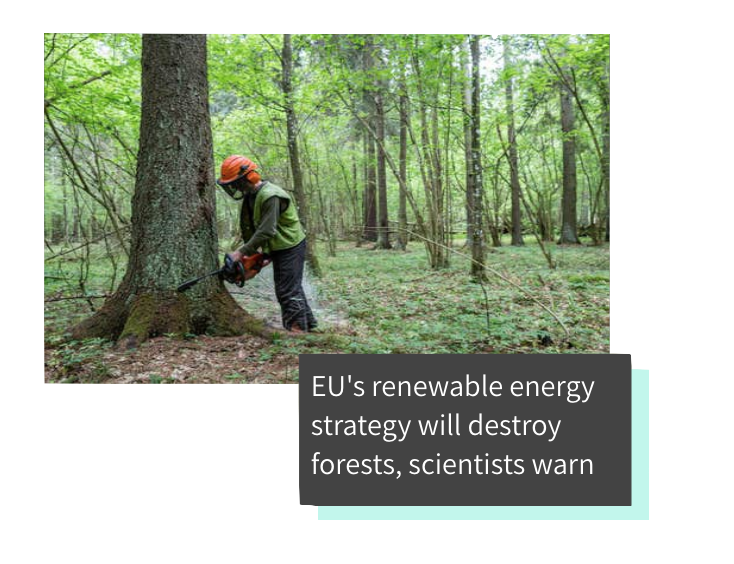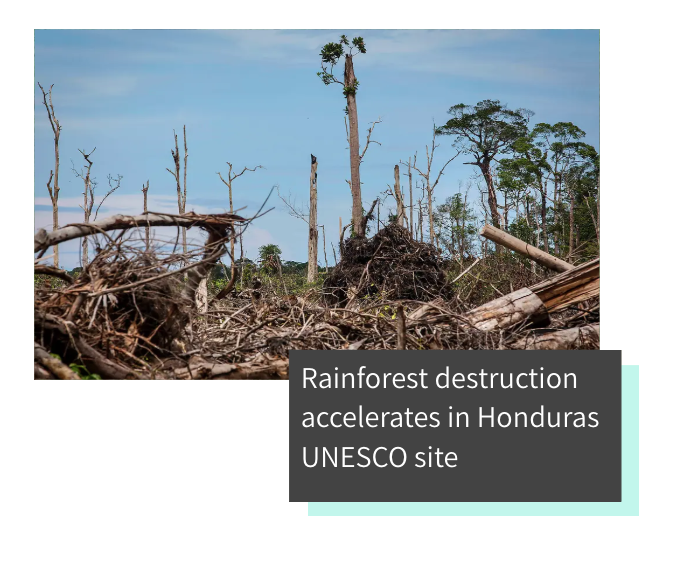So you want to learn about deforestation.
Deforestation is the act of cutting down tree faster than they can grow.
It is the permanent destruction of forests in order to make space for homes and businesses.
Atmospheric Problems
Deforestation is ongoing and will alter the geography and climate of the planet. It is a major contributor to global warming and is responsible for about 20% of all CO2 emissions. Since it is vegetation that is destroyed during the process, there is nothing to counteract the emissions as the trees and plants can no longer absorb CO2 through photosynthesis.
Hydrological and Soil Problems
Trees draw up water through their roots and release it into the environment through the leaves. If the trees are removed, they can no longer move water in this way, which will result in a drier climate as the water will remain in the ground. Deforestation also reduces soil unity, increasing erosion, landslides, and flooding. A lower percentage of forest cover also means the land has less capacity to intercept, absorb and transport water. This will cause surface runoff with nothing to slow it down and therefore increase the risk of flash flooding. Deforestation encourages soil erosion by increasing the amount of soil exposure (lack of leaf litter). Since tree roots bind soil together, removing them on steep slopes can cause landslides, which are a huge danger to the people and animals living nearby.
The good news is that in some places, deforestation can be reversed. Successful attempts in East Asian countries, such as China, have complete reforestation. As it sounds, reforestation is the opposite of deforestation, where trees and plants are replanted or added to a depleted forest.






